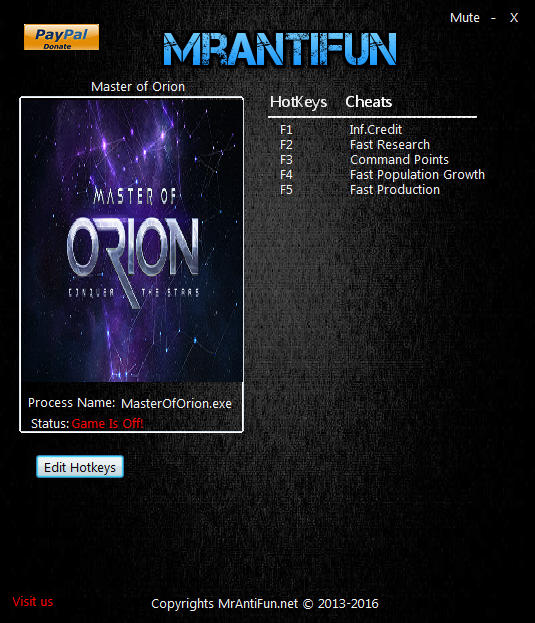

You start with 8 citizens, which will become 7 as soon as you build that initial colony ship. These are some optimization tricks you may want to try right when you begin the game, on Turn 0:Īt the start of the game, the default tax rate is 3 BC/citizen. It will now be the Meklar and Klackon who are right next to you (as Terran). If you start a different game with the same Big bang seed, but with: Let's say that for a given Big bang seed, the Alkari and Humans are right next to you. players will also be the same.įor example, say you are playing as the Bulrathi. Alkari Empires automatically have Artifacts on their homeworld, which might replace a special that it would otherwise have.įor a given Big bang seed map, the starting system of the second, third, etc. On some maps, some starting planets will have a special resource. (Generally, the Asteroid Belt is slightly better because it generates more credits, can be used for research, and can be turned into a planet with Normal gravity). (The default is Medium, Terran, Abundant).Įvery player (including the AI) only has a single habitable planet in their home system and has either a Gas Giant or Asteroid Belt in that same system. Your racial traits will determine the size, biome, and mineral richness of your homeworld.

It can be a long time before the Galactic Council is formed because some Empires may get hemmed in within their quadrant.įor a given Big bang seed map, your starting system will be the same. The first Empire to discover Multistate Insulators can freely traverse the center and meet the other Empires in the remaining quadrants. Since each Empire is stuck in its quadrant for the first half of the game, you will have limited diplomatic contact with other Empires. There will generally be 2 Empires in each quadrant. There is only a single warp lane (unstable/red) connecting each quadrant to the center and only a single warp lane (unstable/red) connecting each quadrant to the adjacent quadrant on each side. The structure of the spiral galaxy is a central area with quadrants ringing around it. Spiral galaxies have unstable (red) warp points, which cannot be traversed until you discover the Multistate Insulator. This leads to more trading opportunities, earlier conflicts, and a much earlier Galactic Council. Empires will encounter each other much more quickly than in a Spiral galaxy. There will be two star systems which are wormholes and are connected to each other, allowing you to travel from one to the other.Ĭircle galaxies are open and you can freely travel anywhere. The caveat is that it precludes producing other, useful items on a given colony.Circle and Spiral galaxies offer very different play experiences.Ĭircle galaxies have wormholes. Finally, trade goods production is the last major source of cash.Some races will even offer payments to keep you at bay (refusing one is tantamount to a declaration of war, however). In general, expecting the other party to buy your goods can be hit and miss, but once rich enough, you can demand tribute from races that are afraid of your might and get away with it. Diplomatic deals also allow for money to exchange hands, as lump payments or tribute paid per turn.Some structures also provide an additional amount of income regardless of population size. Every population unit generates a set amount of cash each turn, according to the tax rate.

The principal source of money is taxation.Credits are used to pay upkeep costs each turn, rush production, cover the costs of diplomatic deals, and cost overruns due to having fleets larger than the command points pool.

Credits are the universal currency of the galaxy, shared by all races.


 0 kommentar(er)
0 kommentar(er)
